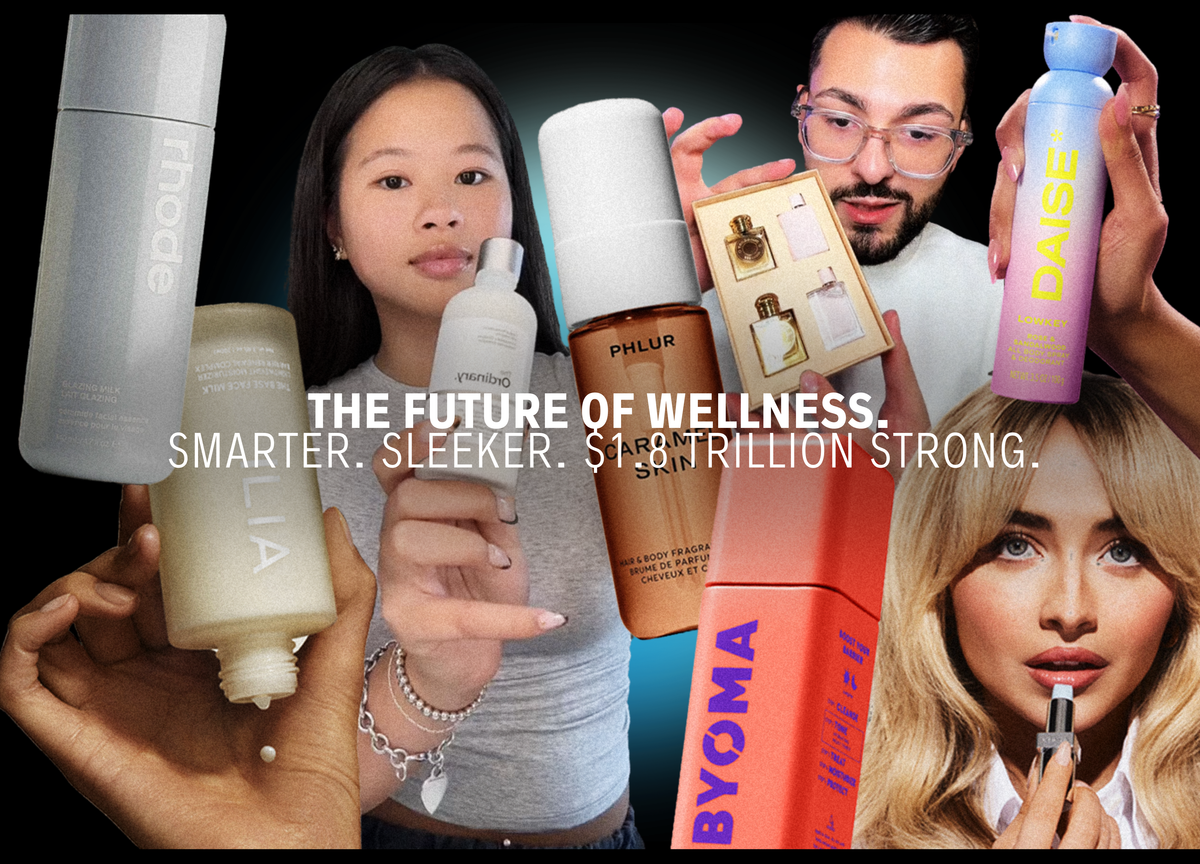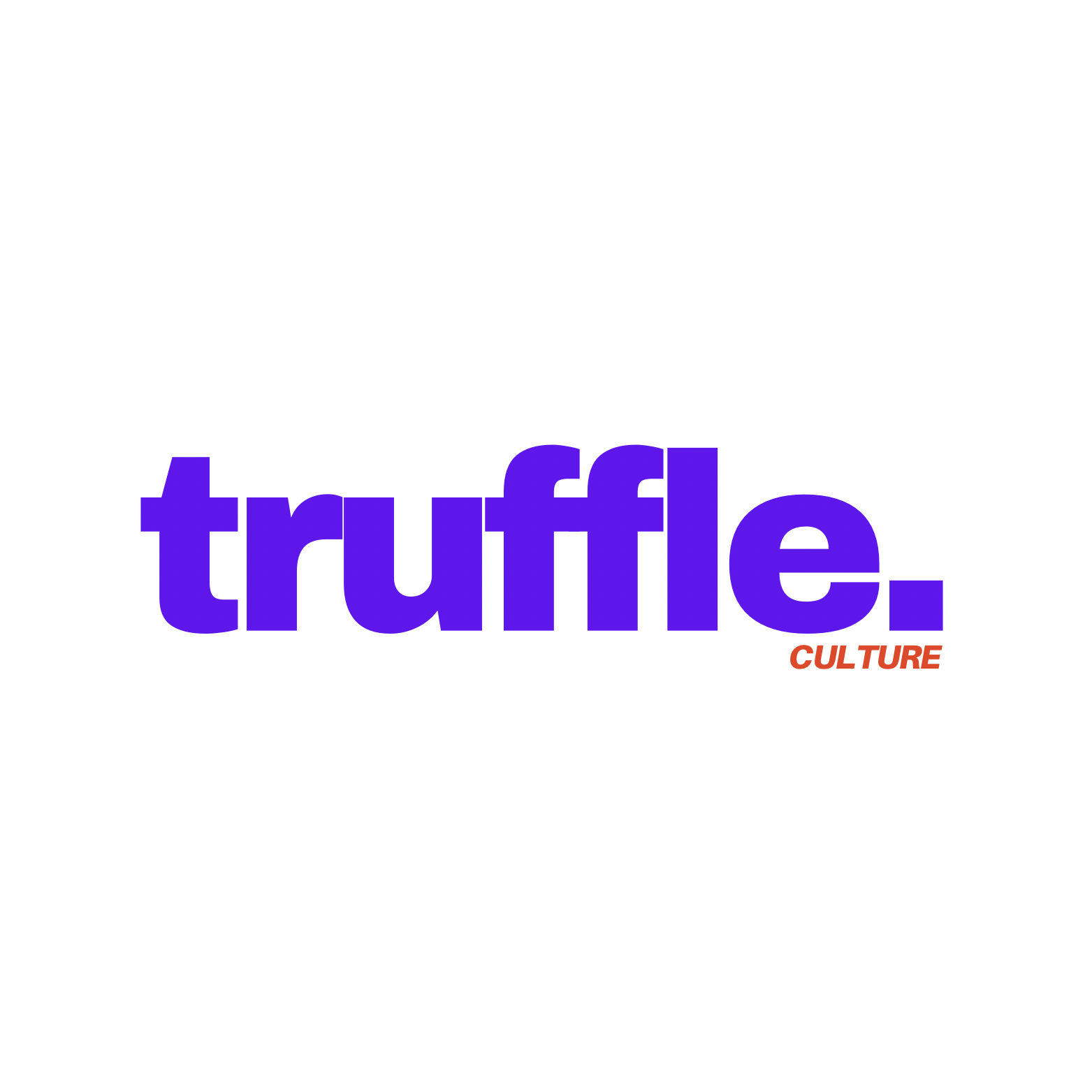Wellness Hits Its Glow-Up: Future of Wellness, Key Trends & Insights
The $1.8 trillion wellness industry is trading fad for fact. Forget “all-natural” hype—today’s consumers want proof, personalization, and sleek tech

Science, tech, and a dash of sass – how wellness is getting smarter (and more fun) in 2024.
At Truffle Culture, we’ve seen wellness fads come and go – celery juice cleanse, anyone? But this time, the $1.8 trillion wellness industry is stepping up its game . Consumers (especially Gen Z and millennials) are over the snake oil and demanding solutions that actually work – backed by data, science, and a healthy dose of reality . The result? A wellness scene that’s smarter, sleeker, and more culturally tuned-in than ever. Here’s a quick, irreverent peek at where health and self-care are heading next.
Home Is Where Your Health Is
Wellness has officially moved in-house. After COVID made at-home testing kits a staple, people are now eyeing DIY health checks for everything from vitamin levels to cholesterol – roughly a quarter of Americans are ready to play lab technician in their own living rooms . Meanwhile, health tech is getting wearable in all the chicest ways. Sure, half of us already sport a fitness tracker, but now we’ve got biometric rings and even stick-on glucose monitors turning heads – and more than 75% of consumers say, “Yes, please,” to even more wearable tech tracking their every heartbeat and REM cycle . The kicker: all this personal data is fueling ultra-personalized wellness. Around 20–30% of consumers in the US, UK, and China are hunting for custom health solutions tailored to their biometric data . In 2024, your wellness routine might include an AI coach that knows you better than you know yourself.
Proof Over Puffery (Less Goop, More Good)
The era of gobbling anything labeled “natural” and hoping for the best is so last year. Today’s wellness devotee wants proof over hype. Roughly half of consumers in the US and UK now rank clinical evidence as a top factor when buying vitamins, supplements, or skincare – only about 20% still swoon over “all-natural” claims . In other words, if it’s not backed by science, we’re not buying. That’s led to a surge in products flaunting lab-tested ingredients and legit research instead of mystical herbs. Even influencer hype is losing its sheen: as consumers wise up to “healthwashing” (marketing that makes a product seem healthier than it is), the most persuasive wellness influencer of 2024 might actually be… your doctor . Physician recommendations are carrying more weight, especially when it comes to tricky areas like mindfulness and sleep – people crave expert guidance to cut through the noise . Mental wellness is part of this story, too. We learned that 37% of consumers have been crying out for better solutions to stress, anxiety, and sleep issues, a need that still isn’t fully met . The message is clear: less magic potion, more evidence-based potion, please.
Longevity & The New Lifestyle of Living Longer
Remember when “anti-aging” was just a face cream? Now it’s an entire lifestyle. Healthy aging and longevity have gone mainstream – about 70% of consumers in the West (and a whopping 85% in China) bought into some kind of longevity product or service in the past year . From young biohackers popping NAD+ supplements to boomers embracing preventive medicine, everyone’s looking to extend their healthspan. It helps that science is making longevity feel less sci-fi: breakthroughs in anti-aging research and a boom in health tech (think telemedicine and home health monitors) are propelling this trend . And with one in six people worldwide projected to be over 60 by 2030, the focus on aging well is only growing . Even the age-old battle of the bulge is getting a futuristic twist. Case in point: those buzzy new weight-loss injections (you’ve heard the hype) have over half of Americans considering pharmaceutical help for shedding pounds . Brits and Chinese consumers are more skeptical of the “skinny jab” craze (fewer than 30% see weight-loss meds as a magic bullet), but across the board, weight management remains top of mind . The bottom line: 2024’s wellness seekers want to live longer and better, and they’re not afraid to bring a little high-tech, high-science help to the table.
New Faces (and Guts) in the Wellness Game
Wellness isn’t just yoga and green juice anymore – it’s a whole universe of previously fringe topics stepping into the spotlight. Take women’s health: once woefully underfunded and overlooked, it’s now finally having its moment. Consumers are spending more on everything from menstrual care to menopause support, with menopause in particular booming after being ignored for far too long . In the same vein, sexual wellness has shed its taboo status and gone mainstream. With demand up, even your local drugstore is stocking trendy new intimacy brands – and there’s plenty of room for edgy startups to join the party . Then there’s the gut – yes, your gut is the star now. More than 80% of people recognize that good gut health = good health, period, and over half plan to double down on probiotics, kombucha, and maybe even at-home microbiome tests to keep their digestion on track . Essentially, 2024’s wellness zeitgeist is about personalization and niche needs: whatever specific facet of well-being you care about (balancing hormones, boosting your mood, or optimizing your microbiome), there’s a growing market of cool new brands and solutions ready to help. And if you’re into fitness, don’t worry – that’s only getting bigger too. About half of gym-goers now say working out is core to who they are . Boutique fitness clubs are fighting for your attention with community vibes, AI-personalized workout plans, and wellness retreats as cherries on top
Quick Hits: Wellness Trends Worth Watching
- Health-at-Home Chic: From telehealth to test kits delivered to your door, self-service healthcare is on the rise . Convenience is king (and it doesn’t hurt that it feels kind of empowering, too).
- Wearable Everything: If it seems like everyone and their grandma got an Oura ring or glucose monitor for Christmas, you’re not wrong. Wearables are evolving beyond step counts to track stress hormones, blood sugar, and more – all feeding into that personal wellness data goldmine .
- Supplement Upgrade: Your vitamin shelf is getting a makeover. “Clinically proven” is the new “all-natural,” as consumers opt for supplements with solid research behind them (and adaptogenic mushroom powder in a cute jar just isn’t enough anymore) .
- Mind Matters: Mental health is health, and people know it. Expect more meditation apps, mood supplements, and sleep hacks – but also expect folks to demand evidence that they actually deliver calm and Zzz’s .
- Indie Wellness Brands Boom: From femtech start-ups tackling menopause to funky DTC brands for gut health and sexual wellness, niche is the new normal. These smaller players are bringing fresh attitude (and often better targeting of underserved needs) to a wellness market that’s hungry for innovation .
The Takeaway: The future of wellness is looking bright – and a little bit bold. It’s a world where high-tech health gadgets live alongside herbal tonics, where feeling good means caring for your brain, body, and maybe even your microbiome. In 2024, wellness is less about chasing the latest fad and more about getting smart, staying savvy, and keeping it real (with a side of humor, of course). And at Truffle, we are so here for it.
Sources: McKinsey, The trends defining the $1.8 trillion global wellness market in 2024 ; Spa Business, McKinsey releases 2024 wellness market report ; McKinsey Future of Wellness Survey 2023 .




